The NHL's Secret Weapon: Enforcers Who Score
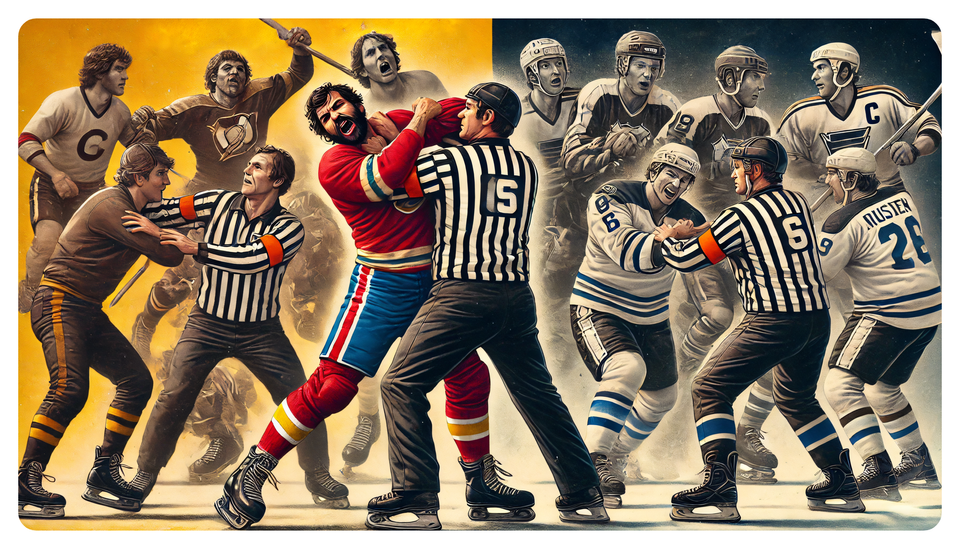
At a Glance
- Vintage Hockey Series Recap
- About the Data & EPI Metric
- EPI Trends
- Top Point-Production Enforcers
Vintage Hockey Series Recap
This is the fourth week in our newsletter series on Vintage Hockey: 108 Years of NHL & Hockey Analytics, where we explore how the game of hockey (and the way in which we measure it) has changed.
The first three weeks in the series can be found below:
- Week 1: From Chalkboards to AI: 108 Years of NHL Hockey
- Week 2: 108 Years of Goals, Goons & Goalies
- Week 3: A Tale of Two Eras: Gretzky vs McDavid
If you missed last week's newsletter and are shy on time, you can catch up with our quick-hit video below.
In this week's edition, we'll explore an NHL outlier: high scoring enforcers.
About the Data & EPI Metric
We curated 108 years worth of team and player data for this Vintage Hockey series (sourced from Hockey-Reference). In our last newsletter, we provided you a link to the raw player dataset. This edition focuses on a subset of the player data, which we used to create a new metric called the Enforcer Production Index (EPI).
The EPI is a weighted metric that uses a player's Points per Game (PTSPG) and PIM per Game (PIMPG). The metric is weighted by the total number of games played because in earlier eras, the number of games played was lower. The EPI is one way to represent players who were enforcers (high PIM), but were also able to get points on the board (high Points). Using PIM and Points (and Games Played) enables us to calculate the EPI for all players across the 108 years of NHL history.
EPI Trends
We'll explore two EPI trends. The first is across the five eras we defined in the first newsletter in this series. The second is across all seasons in the 108 years of data we collected for this series.
EPI Trend by Era
Viewing trends by era is a useful place to start; you can see where there might be significant differences at the higher level. To do this, we calculated the average EPI for each of the eras and plotted with a column chart. We included a trendline across the eras and found EPI declined over time. Note that while it declined overall, we did see higher EPI in the Expansion and Great One eras.

The differences in the EPI score across the five eras can be attributed to various historical and strategic changes in the NHL. The league has evolved in terms of gameplay, rules, and the roles of players, so each era witnessed a different style of play, evolving playing styles, improved training and equipment, and a set of rules that impacted the game.
The Early Years were characterized by a rougher, less structured style of play. Enforcers played a significant role as physicality was a primary tactic for intimidating opponents and protecting star players. In this era, the game was not as regulated, and fighting was more prevalent. Players often combined scoring with aggressive physical play, which contributed to higher PIMPG and consequently higher EPI scores. Offensive players were also expected to play physically, contributing to both points and penalty minutes.
The Original Six era saw more formalized rules and a more refined style of play. Teams still valued toughness, but there was a stronger emphasis on developing skilled players, and the game began to transition toward a more strategic approach. Although enforcers were still prominent, players in this era began to specialize more. Dedicated enforcers played a physical role, while top scorers focused more on point production. The gradual separation of roles led to a slight dip in the overall EPI.
During the Expansion, the league doubled in size, and this brought a rise in physical play. There were more teams, rivalries and room for enforcers to take on major roles. Fighting and physical play increased during this era, and enforcers became central figures on teams. The rise of "goon culture" (where enforcers were tasked with protecting skill players and intimidating opponents) reached its peak during the Expansion era. Many players could still contribute offensively while also playing the role of enforcer, which explains the high EPI scores. Rivalries and intense physical play were defining characteristics of this period.
The Great One witnessed the emergence of some of the greatest offensive talents in hockey history, including Wayne Gretzky (often referred to as "The Great One") and Mario Lemieux. While offensive production exploded, physical play remained a core part of the game. Enforcers were still essential for protecting star players and creating space for them. Despite the rise in offensive skills, enforcers like Bob Probert, Kevin Stevens, and Rick Tocchet maintained key roles. These players were not only physical but also contributed significantly to their teams’ offense, leading to the highest EPI of all the eras. Teams valued players who could balance scoring with enforcer duties.
The Modern Era has seen significant rule changes that have de-emphasized fighting and enforcer roles. The introduction of the salary cap, stricter rules against fighting (such as the instigator rule), and greater awareness of player safety have shifted the game towards skill, speed, and finesse. Modern players tend to specialize more in either offense or defense, and fighting has seen a significant decline. This explains the lower EPI scores, as players focus on contributing in different ways.
EPI Trend by Season
Viewing EPI by Season gives you more detail on what happened within each of the eras (which broad averages can sometimes obfuscate). Here, we can see that the EPI in the initial years of the NHL were very high as compared to the later years – even though the overall average was lower than the Great One era. You can also see another increase in EPI around the 80s, when point production was very high as was physicality.

We've covered many of the reasons why the game has changed above and in detail in our earlier newsletters, so we'll summarize here with the high EPI in the early years of the NHL largely being attributed to an evolving game. As the game evolved, with rule changes, a focus on safety, and the shift towards skill and speed, the role of enforcers diminished over time, leading to a lower and more balanced EPI in recent years.
Top Point-Production Enforcers
Trends are one thing, but the real stories start to emerge with the human outliers. To explore these outliers, we created a view for the top point-production enforcers across the entire 108 years. To do this, we took the top players from each era and then ranked them by EPI. We then created a heatmap, which you can see below.

The heatmap is useful to understand each player's EPI score. That is, the heatmap identifies those players that may be more balanced across PTSPG and PIMPG. To get to the top five balanced EPI scores, we can filter for those players above the average PTSPG and PIMPG, sort by EPI and take the top five players.

Interestingly, the top five played in two eras (Early Years and Great One) and the top three played for Pittsburgh in the late 80s and early 90s. And all but Paul Coffey played wing.
Let's take a look at each of the players.
5. Aurele Joliat
Aurèle Joliat spent all sixteen years of his NHL career with the Montreal Canadiens. He thrived in a physically punishing era and still managed to be one of the most consistent offensive threats in the league. His blend of speed, skill, and toughness made him an early prototype for the modern power forward. The kicker? He was only 5'7 and 136 pounds.
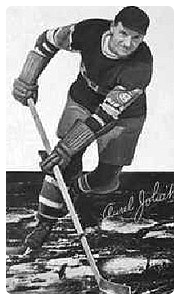
He played a key role in Montreal’s dominance during the 1920s and 1930s and left an indelible mark on the game as one of the greatest two-way players in hockey history. He was inducted into the Hockey Hall of Fame in 1947.
4. Cy Denneny
Playing in the NHL’s earliest years, Cy Denneny dominated offensively while also engaging in physical play. His point production is a testament to his scoring ability, while his 80 penalty minutes in just 21 games reflect his willingness to play physically.
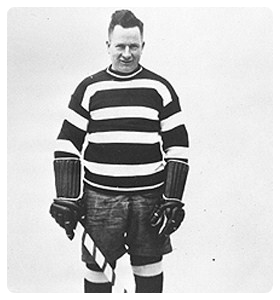
He won five Stanley Cups and was inducted in 1959 into the Hockey Hall of Fame! Here's a picture of Denneny along with the rest of the motley crew that represented the Ottawa Senators of the day. Yes, hockey has come a long way!

3. Paul Coffey
Paul Coffey was known primarily for his offensive prowess as a defenseman, but he also played with a physical edge, contributing to his EPI of 3.509. His 1988-1989 season saw him record 75 points in 75 games with 195 penalty minutes, showing that Coffey could be a physical force while continuing to be one of the most productive defensemen in NHL history.
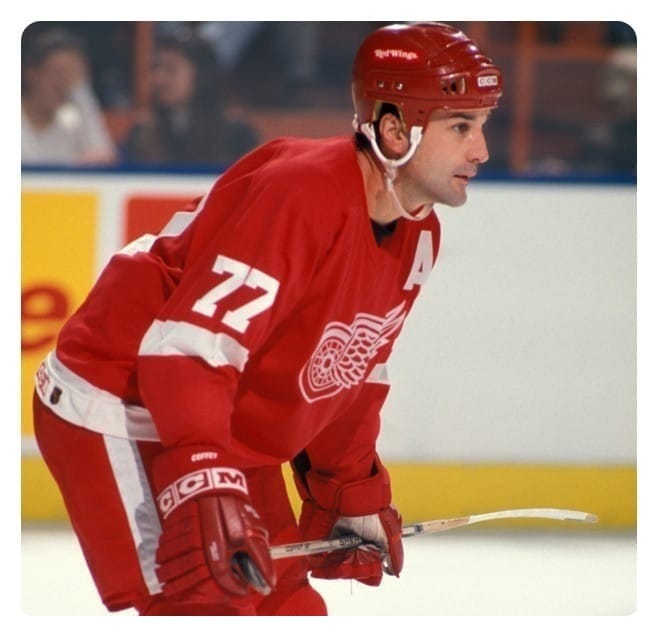
2. Rick Tocchet
Rick Tocchet was another power forward, balancing goal-scoring with a punishing physical style of play. His EPI of 4.076 reflects his ability to produce points (109 in 80 games) while also racking up 252 penalty minutes. Tocchet could change games through both his scoring touch and physical play, making him a crucial player on the Pittsburgh Penguins alongside the likes of Mario Lemieux.
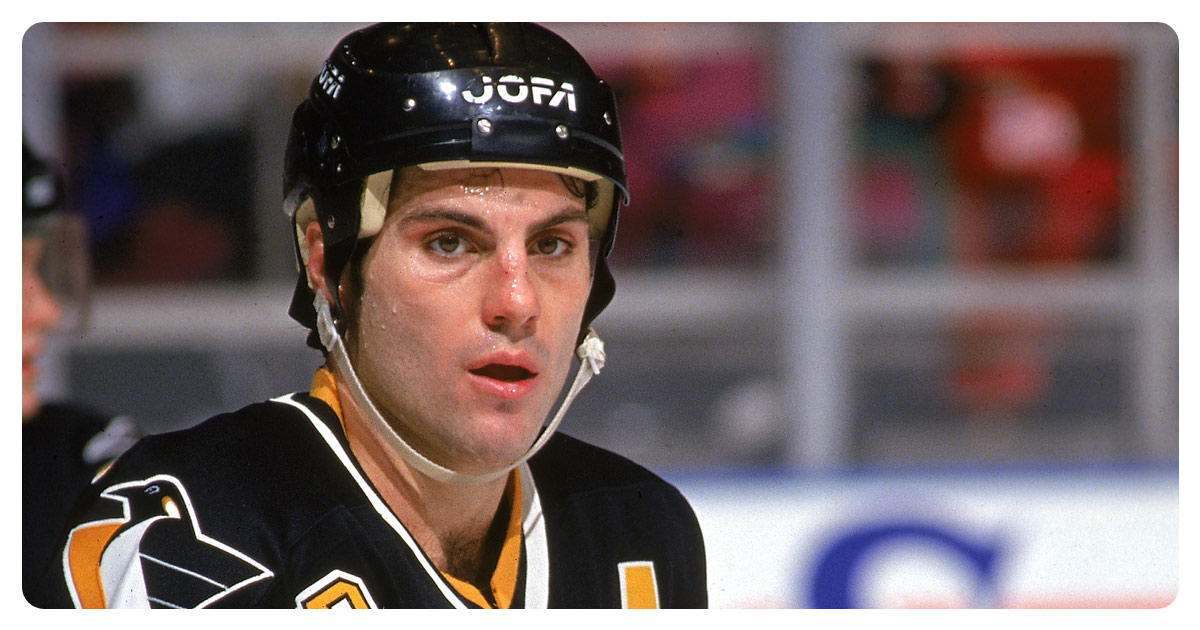
1. Kevin Stevens
The player with the top EPI was Kevin Stevens, who played alongside Mario Lemieux and Jaromir Jagr. He one of the most iconic power forwards in NHL history, and the 1991-1992 season was arguably his best. He combined his elite scoring ability, notching 123 points, with a willingness to engage physically, accruing 254 penalty minutes.
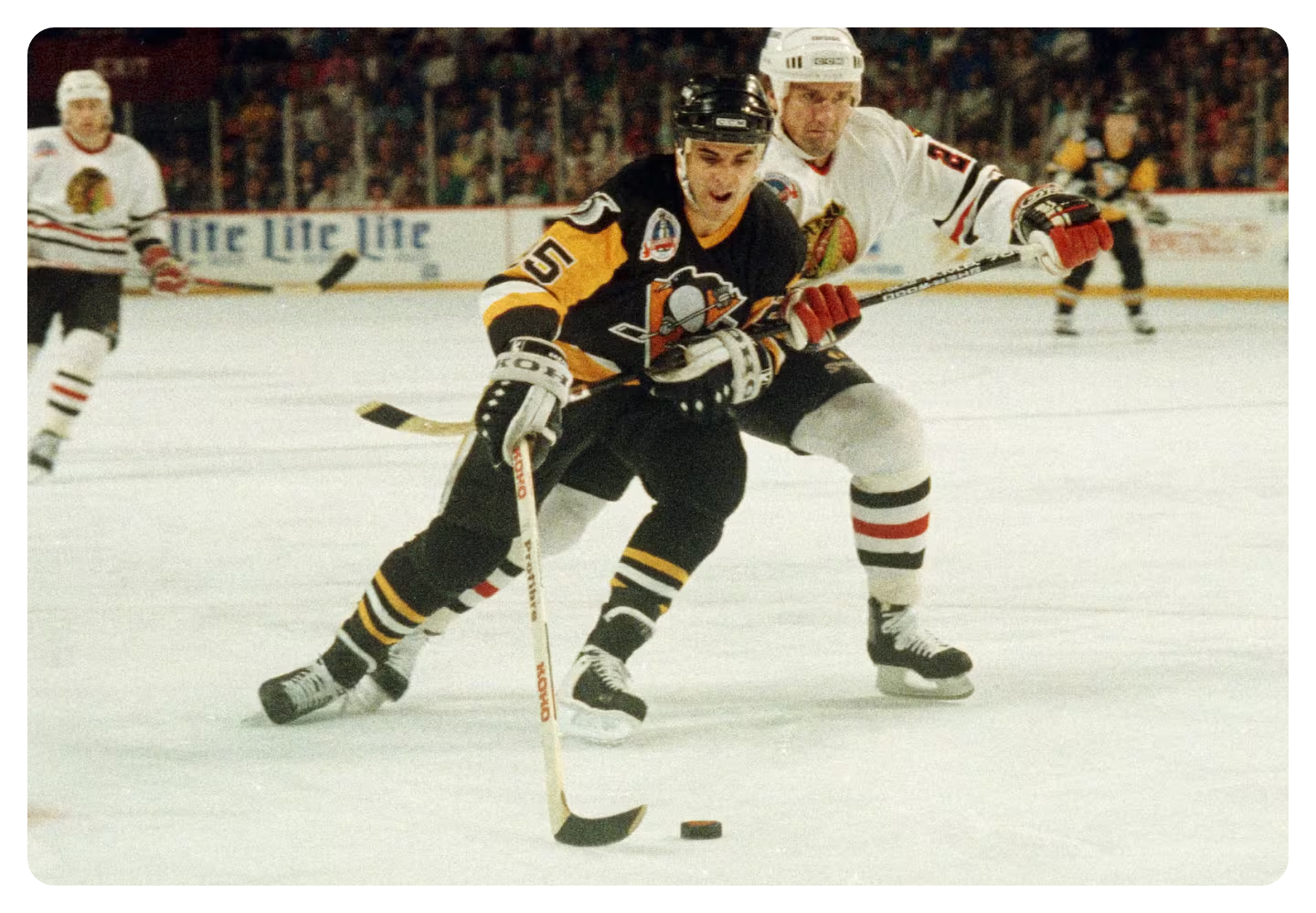
His EPI of 4.648 highlights how rare it is to find a player who can produce at such a high offensive level while maintaining physical toughness. He was a key member of the Penguins' Stanley Cup-winning team, known for both his offensive production and physical presence.
Want a quick visual tour of this newsletter? Then check out the below.
Summary
This was the fourth newsletter in our Vintage NHL Hockey series, where we explore 108 years of hockey history – both the game and the way in which it was measured.
In this newsletter, we discover who are the top point-producing enforcers across this 108 years. To do this, we used the player stats dataset and created a metric called the Enforcer Producer Index (EPI), which takes Points per Game and PIM per Game, multiplies them and then weights the result by the total number of games a player played in.
We then evaluated the EPI trend across eras and seasons and then found the top players across each era. We eventually distilled the list into the top five point-producing enforcers in that 108 year history.
Subscribe to our newsletter to get the latest and greatest content on all things hockey analytics!

Member discussion